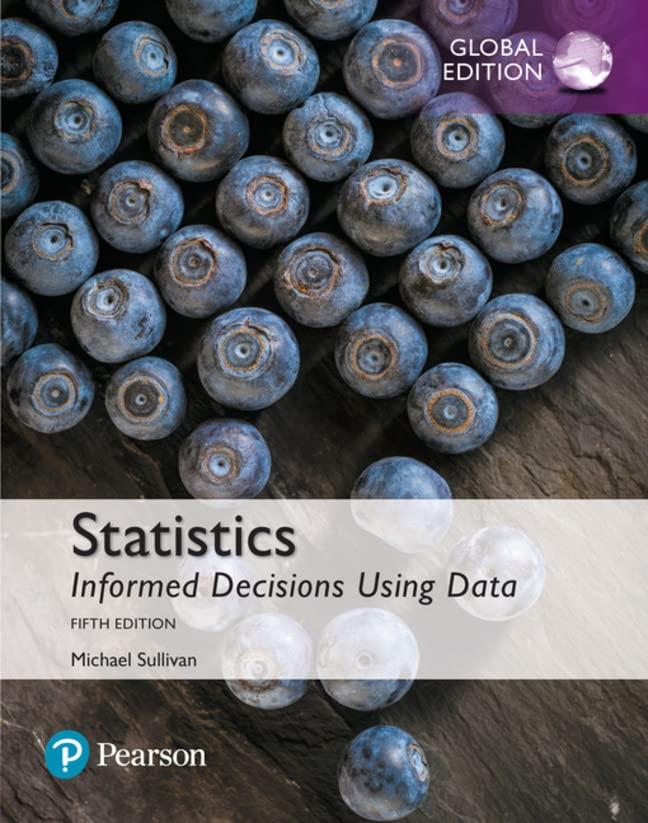Answered step by step
Verified Expert Solution
Question
00
1 Approved Answer
This is a rotational inertia lab. using the given data, answer:1. theoretically, how should the slopes of all subsequent trials compare to one with the
This is a rotational inertia lab. using the given data, answer:1. theoretically, how should the slopes of all subsequent trials compare to one with the platter only?2. name the primary sources of error in this experiment and state which way (too high or too low) it would tend to throw off the results for experimental "I" values obtained with this method.Explain 3) derive eqn 5 from equations 1-4.

Step by Step Solution
There are 3 Steps involved in it
Step: 1

Get Instant Access with AI-Powered Solutions
See step-by-step solutions with expert insights and AI powered tools for academic success
Step: 2

Step: 3

Ace Your Homework with AI
Get the answers you need in no time with our AI-driven, step-by-step assistance
Get Started


